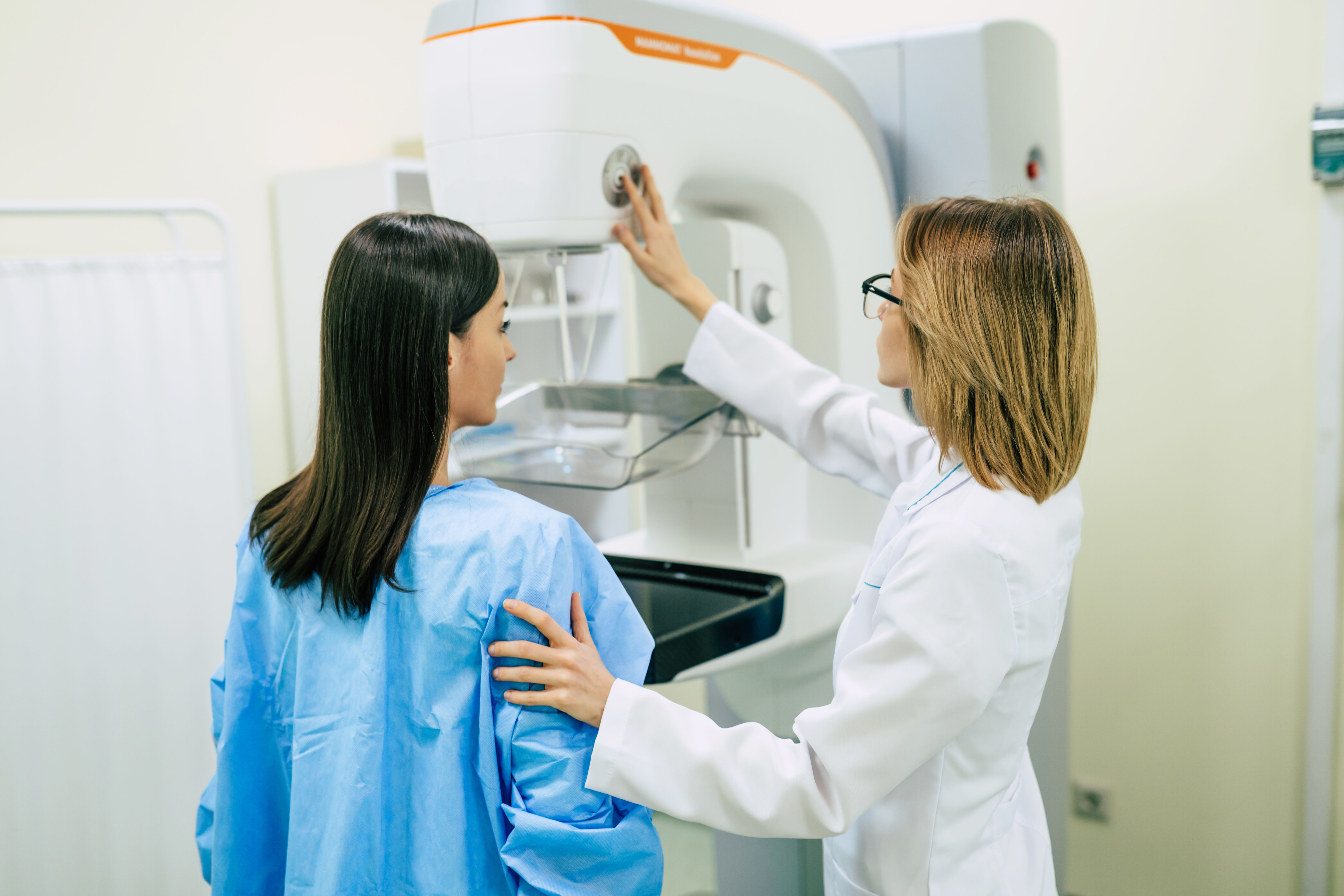This content is sponsored by MedStar Washington Hospital Center.
Multiple sclerosis is a potentially disabling disease of the brain and spinal cord and one that affects nearly a million Americans – about one in 300 people. It’s an autoimmune condition where the immune system eats away at the protective covering of the nerves, causing permanent damage or deterioration of the nerves.
Just a few decades ago, medical science had no tools to treat multiple sclerosis, also known as MS. However, advancements have led to more than 20 different therapies that can help those diagnosed with MS, said Dr. Brian Barry, a neurologist at MedStar Washington Hospital Center.
“A generation ago, MS was a frightening and debilitating diagnosis. We could not prevent disability from MS, and we managed the symptoms as best we could,” Dr. Barry said. “But now, this disease is highly manageable, thanks to dramatic advances in therapy. When caught early, we can treat MS before a patient experiences life-altering disability.”
MS manifests through a wide range of symptoms, the most common being fatigue, difficulty walking, numbness, tingling, weakness, dizziness, vision changes, mood changes and bladder problems.
MS can affect anyone, and it is important to know the groups that are higher risk so they can keep an eye out for symptoms, Dr. Barry said. MS is more prevalent in women, who are about three times more likely to be diagnosed with MS than men are. Also, those with a family history of MS are at a higher risk. Smokers or those who have childhood and adolescent obesity are at a higher risk as well.
Additionally, MS is more prevalent farther from the equator. Vitamin D deficiency is a risk factor, so it’s likely that the additional exposure to the sun at lower latitudes is protective, since sunlight stimulates vitamin D production in the body, Dr. Barry noted.
“As with many other diseases, early intervention provides the best chance at successful management. Your long-term health is at stake, so don’t ignore any chronic issues that could be symptoms of this disease,” Dr. Barry said.
Early warning signs of MS can often be overlooked or misdiagnosed, Dr. Barry said. That is because many of the signs of MS can be linked to other conditions. For example, other conditions such as carpal tunnel syndrome or a pinched nerve in the neck can also cause numbness and tingling in the hand, Dr. Barry said.
“Accurate diagnosis calls for detective work—careful consideration of the patient’s history, exam findings and tests including MRI imaging. Occasionally we find that an MS diagnosis is incorrect. Sometimes patients with migraine are misdiagnosed as having MS, as migraine can cause similar abnormalities on an MRI,” Dr. Barry said. “Even experienced neurologists may have difficulty confirming a diagnosis and will refer the patient to a neurologist with a specialty in MS.”
Diagnosis typically occurs between 20 and 50 years old.
“The disease often strikes those in the prime of life, active in careers and raising families, so it can be both a jarring diagnosis for the patient and also confusing to others when symptoms are not outwardly apparent,” Dr. Barry said.
Sometimes a diagnosis is immediate, but in other cases, doctors may need to monitor the patient to see how symptoms evolve, conduct a detailed history and thorough neurologic examination or order an MRI of the brain and spinal cord.
MS comes in two forms: relapsing and progressive. With relapsing MS, episodes of worsening symptoms occur over days or weeks followed by eventual improvement. With progressive MS, there is a slow worsening over time. One form can evolve into the other, Dr. Barry said.
The MS symptom severity can differ greatly depending on each person. Some patients have frequent severe early relapses, while others see slow symptom progression that can start as early as the teen years.
Treatments have evolved over the last 30 years, Dr. Barry said. Several decades ago, injectable medications were developed to treat MS. In the 2010s, oral medications became available. Now infusion therapy is an option for patients as well. The medications in use today have been documented as very effective, particularly against the relapsing form of the disease, Dr. Barry added.
“Because MS looks and behaves differently in each patient, we tailor therapies to both the disease and any other underlying conditions,” Dr. Barry said. “Our strategy can change as the disease evolves and more treatments become available, so it’s not unusual for the patient to take different medications over the course of their lifetime.”
MedStar Washington Hospital Center has a team of experts that help guide patients through their MS diagnosis and treatment. A neurologist primarily manages MS patients. A team of physical therapists, occupations therapists and physiatrists can help with physical function. Sometimes urologists can help with any bladder complications.
Anxiety and depression are common symptoms for those with MS. MS neurologists work closely with experts in psychiatry, psychology and social work to design a program including counseling and medical therapy to help the patient.
Today, there are more treatment options for MS than ever before, Dr. Barry said.
“With MS therapies, we treat the ‘future you.’ Not every deficit can be reversed, but our game plan is always long term and almost all symptoms of MS can be improved with careful treatment,” Dr. Barry said. “Our goal is to make this illness manageable and for our patients to live full and productive lives.”
Read more in a blog post on the MedStar Washington Hospital Center website.







